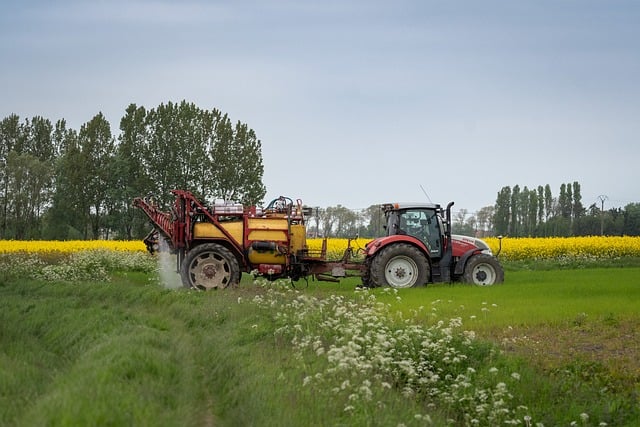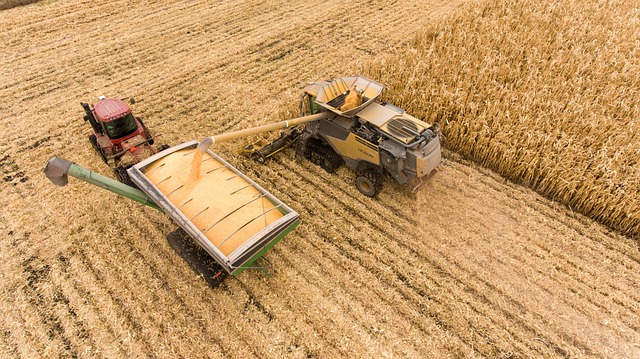In recent years, the conversation around transport sustainability has gained momentum, particularly in the context of agricultural networks. Rural communities, which often rely heavily on agriculture, face unique challenges that intertwine their economic viability and environmental responsibility. By embracing innovative and efficient transport solutions, we can elevate these communities while promoting sustainability in farming practices.
Transport sustainability isn’t merely about reducing carbon emissions; it signifies a holistic approach to moving goods and people that respects environmental boundaries and fosters economic growth. For rural areas, where the agricultural sector plays a pivotal role, establishing robust agricultural networks can significantly enhance the efficiency of transport systems. This integration not only ensures that products reach markets faster and with lower emissions but also supports local farmers in accessing essential resources.
Agricultural networks offer a platform for collaboration among farmers, distributors, and consumers. Through shared transportation resources, farmers can collectively reduce costs and carbon footprints while improving logistic capabilities. For instance, a cooperative formed among local farmers can share delivery trucks, minimizing the number of trips needed to transport goods. By pooling resources, these networks facilitate a direct connection between producers and consumers, fostering a circular economy that enhances local food security.
Moreover, as we think about rural development, empowering agricultural networks contributes significantly to the socio-economic fabric of rural communities. These networks can serve as vehicles for innovation, offering training programs that teach farmers sustainable practices or new technologies designed to enhance productivity while caring for the planet. When farmers are educated and equipped with the right tools, they can implement more robust agricultural strategies that address climate change and promote biodiversity.
Transport sustainability can also promote rural development in tangible ways. Improved access to markets enables farmers to expand their reach, attracting new customers who appreciate sustainably sourced products. Local farmers’ markets can flourish as consumers become more conscious about where their food comes from. This trend not only boosts the local economy but also builds a sense of community, as consumers feel more connected to the food they eat and the people who grow it.
Additionally, investing in sustainable transport for agricultural goods helps create jobs in rural areas, from truck drivers to logistics specialists. The growth of agricultural networks enables rural youth to see a future in their communities, which can help reverse the trend of urban migration. Cultivating local talent and retaining the next generation of farmers and professionals is essential for long-term sustainability.
In summary, fostering transport sustainability through flourishing agricultural networks is pivotal for both rural development and environmental stewardship. By embracing collaborative practices, rural communities can not only ensure their economic resilience but can also contribute to a more sustainable agricultural system that respects our planet. This approach is not just beneficial for farmers but enriches our society as a whole, promoting a healthier, more sustainable future for all.




